The DRIs are set by the IOM's FNB and can be accessed from FNIC's Dietary Reference Intakes page The DRIs are a common set of reference values for a healthy population based on the relationships between nutrient intakes and health or the prevention of disease DRI is a generic term for a set of nutrient reference values that include the EAR, the RDA, the AI and the UL DRI Reference Values The Estimated Average Requirement, or EAR, reports the average amount of daily nutrients required by half of the men and women in each age group The EAR is used to assess nationwide deficiencies and to calculate the Recommended Dietary Allowance, or RDAThe RDAs are a single set of nutrientspecific values During deliberations in the mid1990s, the FNB decided to replace this single set of values with multiple sets of values, including the EAR, RDA, AI and UL for designated age groups, physiologic states (for example, pregnancy), and by sex These values are collectively referred to as the DRIs To view the DRI tables, click the appropriate

8 4 Dietary Reference Intakes Dris Nutrition Flexbook
Dri values for female
Dri values for female-DRI is the general term for a set of reference values used to plan and assess nutrient intakes of healthy people These values, which vary by age and sex, include Recommended Dietary Allowance (RDA) average daily level of intake sufficient to meet the nutrient requirements of nearly all (97%98%) healthy peopleThe Dietary Reference Intakes (DRIs) are a comprehensive set of nutrient reference values for healthy populations that can be used for assessing and planning diets DRIs have been published since 1997 and replace previously published Recommended Nutrient Intakes (RNIs)




1 Which Of The Following Dri Values Is Used For Food Chegg Com
The Dietary Reference Intakes (DRIs) are developed and published by the Institute of Medicine (IOM) The DRIs represent the most current scientific knowledge on nutrient needs of healthy populations Please note that individual requirements may be higher or lower than the DRIs Should you want to distribute or reprint a DRI resource, pleaseRecommended Daily Allowances / Dietary Reference Intake In the Recommended Dietary Allowance charts below, amounts marked with a * indicate AI (Adequate Intake) figures taken from the Dietary Reference Intakes (DRI) Legend 1 µg = 1 mcg = 1 microgram = 1/1,000,000 of a gram 1 mg = 1 milligram = 1/1,000 of a gram The Dietary Reference Intakes (DRI) Committees of the US and Canadian governments held a workshop entitled "Options for Consideration of Chronic Disease Endpoints for Dietary Reference Intakes" on March 10 – 11, 15The objective of the workshop was to critically evaluate key scientific issues involved in using chronic disease endpoints for setting dietary
Daily Values Recommended intakes of nutrients vary by age and sex and are known as Recommended Dietary Allowances (RDAs) and Adequate Intakes (AIs) However, one value for each nutrient, known as the Daily Value (DV), is selected for the labels of dietary supplements and foods A DV is often, but not always, similar to one's RDA or AI forNew Daily Values (1) Indicates a unit of measure change The unit of measure is how a vitamin or mineral is measured, so the %DV may look different (2) The Daily Value decrease for folate/folicDietary Reference Intakes (DRIs) is the umbrella term that includes the following values Estimated Average Requirement (EAR) A nutrient intake value that is estimated to meet the requirement of half the healthy individuals in a group It is used to assess the nutritional adequacy of intakes in population groups
As dietary folate equivalents (DFE) 1 DFE = 1 µg food folate = 06 µg of folic acid from fortified food or as a supplement con sumed with food = 05 µg of a supplement taken on an empty stomach gA DRI M value of 05 for a foodpesticide combination might be based on just three positive samples out of 600 samples tested, or 250 positives out of 600 Dietary Reference Intakes for Sodium and Potassium revises the Adequate Intakes (AIs), which are the best estimate of intakes assumed to be adequate in apparently healthy individuals The report reaffirms the sodium AI for individuals ages 1450, decreases the sodium AIs for children age 113, increases the sodium AIs for adults ages 51 and




Test Bank For Nutrition Concepts And Controversies 14th Edition By Sizer Ibsn By Hales86 Issuu



Review Of The Dietary Reference Intakes For Sodium And Potassium National Academies
Dietary Reference Intakes (DRI) A set of four reference values Estimated Average Requirements (EAR), Recommended Dietary Allowances (RDA), Adequate IntakesThe DRI model proved to be challenging To overcome methodological limitations, guidance for expanding the DRI model to include a new category of values specific to chronic disease risk reduction was provided in the 17 National Academies report, Guiding Principles for Developing Dietary Reference Intakes Based on Chronic DiseaseDietary reference intakes for thiamin, riboflavin, niacin, vitamin B 6, folate, vitamin B 12, pantothenic acid, biotin, and choline/a report of the Standing Committee on the Scientific Evaluation of Dietary Reference Intakes and its Panel on Folate, Other B Vitamins, and Choline and Subcommittee on Upper Reference Levels of Nutrients, Food and



Academic Oup Com Ajcn Article Pdf 5 1223s Ajcs1223 Pdf




Focus On Nutrition With Dri Calculator For Healthcare Professionals App Digital Gov
Recommended Dietary Allowances and Reference Daily Intakes A reference daily intakes and daily reference values When vitamins and/or minerals are added to a food product in amounts in excess of at least 10% above that originally present in the product, the food is designated as ________Dietary Reference Intakes (DRIs) are a set of values used to plan a healthy diet Learn about the DRI values Estimated Average Requirements (EARs), Recommended DietaryDietary Reference Intake (DRI) values exist for vitamins and minerals, and provide a guideline on the optimal dose range to avoid deficiency and prevent toxicity Polyphenols are widely distributed in plant foods, and have been linked to improved human health through reduced risk of chronic diseases, especially cardiovascular
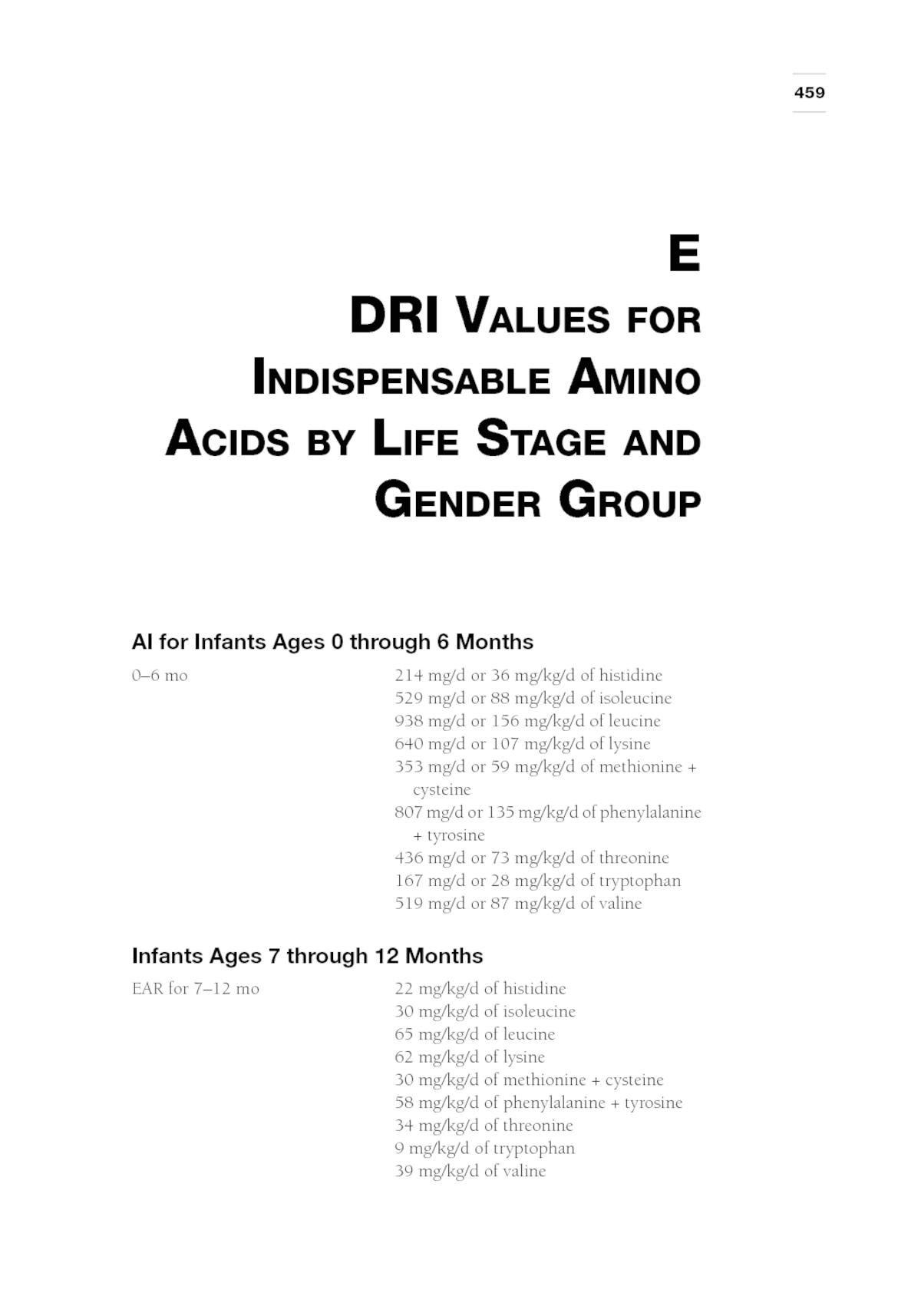



E Dri Values For Indispensable Amino Acids By Life Stage And Gender Group Dietary Reference Intakes The Essential Guide To Nutrient Requirements The National Academies Press



The Confusing World Of Dri Dv And Tdicinnamonvogue Com Blog
How are DRI determined?The two government DRI Committees are jointly responsible for prioritizing nutrients for governmentfunded reviews and subsequent commissioning of an expert review to establish reference values The committees prioritize new reviews based on evidence of significant, new, and relevant data since the last DRI review, as well as relevance to Intake recommendations for vitamin D and other nutrients are provided in the Dietary Reference Intakes (DRIs) developed by expert committees of NASEM DRI is the general term for a set of reference values used for planning and assessing nutrient intakes of healthy people These values, which vary by age and sex, include



Onlinelibrary Wiley Com Doi Pdf 10 1111 J 1753 47 08 X




Table 1 From Dietary Guidelines For Calcium And Vitamin D A New Era Semantic Scholar
The DRI also include the Tolerable Upper Intake Level (UL) that represents the estimated maximum daily amount of a nutrient that appears safe for most healthy people to consume on a regular basis Turn the page for a listing of the UL for selected vitamins and minerals Note that the absence of a UL for a nutrient does not indicate that it is safe to consume in high doses, but only that researchIntake recommendations for vitamin B12 and other nutrients are provided in the Dietary Reference Intakes (DRIs) developed by the Food and Nutrition Board (FNB) at the National Academies of Sciences, Engineering, and Medicine DRI is the general term for a set of reference values used for planning and assessing nutrient intakes of healthy peopleValues INTEGRITY We believe in delivering exactly what we say whether it is in interactions with our colleagues, investors, royalty owners or other third parties




Pbhl 1104 Textbook Notes Fall 16 Chapter 2 Food Energy Nutrient Lard




Chapter 4 Food Science Nutrition Guidelines Dietary Reference Intakes Dietary Reference Intakes Dri Is A Set Of Nutrient Reference Values Can Be Ppt Download
Recommended intakes of nutrients vary by age and sex and are known as Recommended Dietary Allowances (RDAs) and Adequate Intakes (AIs) However, one value for each nutrient, known as the Daily Value (DV), is selected for the labels of dietary supplements and foods A DV is often, but not always, similar to one's RDA or AI for that nutrientDietary Reference Intakes (DRIs)are reference values that are quantitative estimates of nutrient intakes to be used for planning and assessing diets for healthy people They include both recommended intakes and ULs as reference values (see Box 1)If DRI values for children are incorrect, this can result in incorrect identification of nutrient intake problems (either too little or too much), incorrect dietary recommendations for child feeding programs, and, potentially, adverse effects on health



3



1
The DRIs are set by the IOM's FNB and can be accessed from FNIC's Dietary Reference Intakes page The DRIs are a common set of reference values for a healthy population based on the relationships between nutrient Dietary Reference Intakes (DRIs) Dietary Reference Intakes (DRIs) are a set of reference values used to plan and assess nutrient intakes of healthy people They are used widely in Designing and evaluating research studies and results Planning and tracking nutritionrelated public health programs and diets for military personnel Creating patient and consumerThe report updates the DRI values defined in Dietary Reference Intakes for Calcium, Phosphorus, Magnesium, Vitamin D, and Fluoride, the 1997 study from the Institute of Medicine This 11 book provides background information on the biological functions of each nutrient, reviews health outcomes that are associated with the intake of calcium and
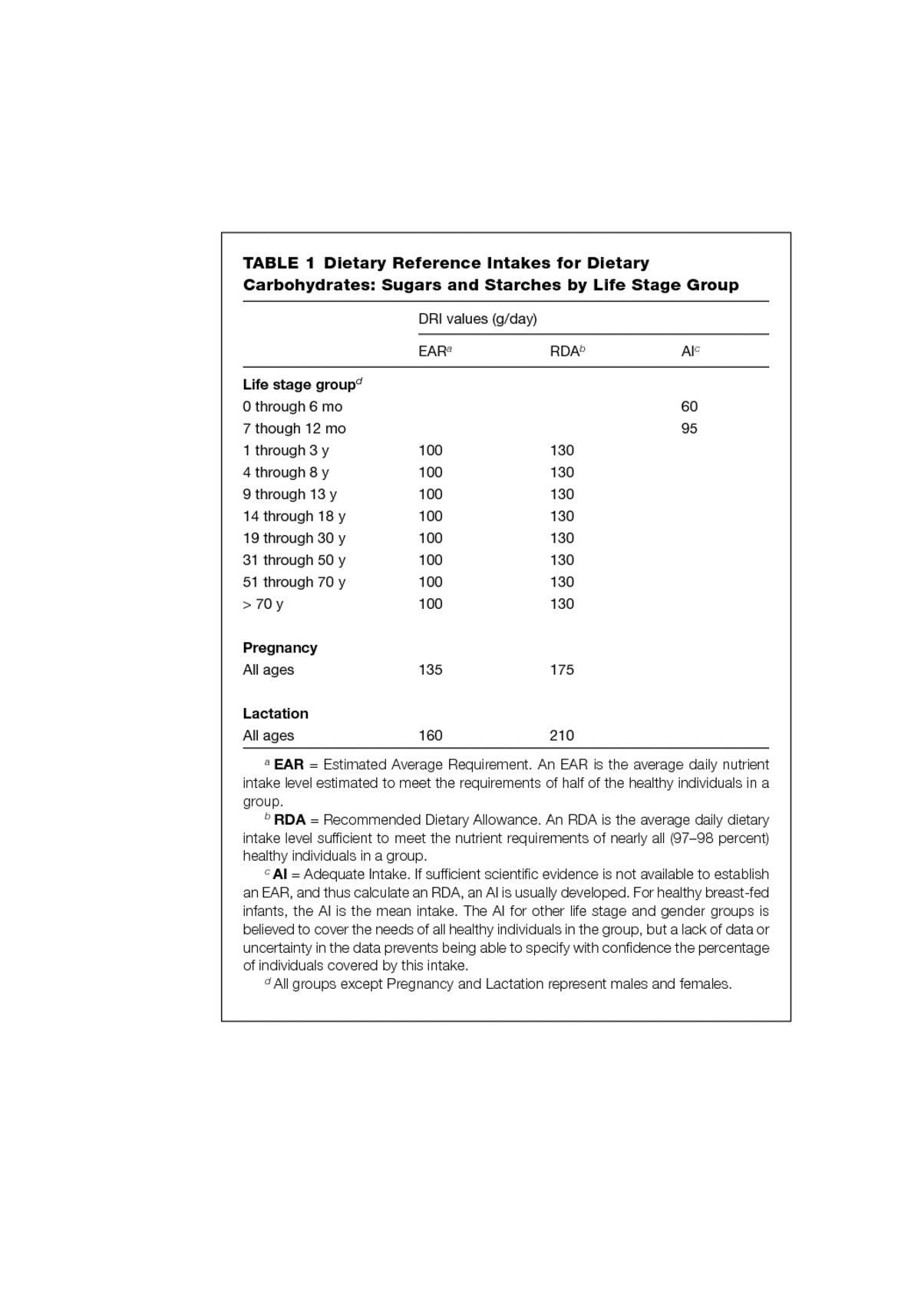



Dietary Carbohydrates Sugars And Starches Dietary Reference Intakes The Essential Guide To Nutrient Requirements The National Academies Press
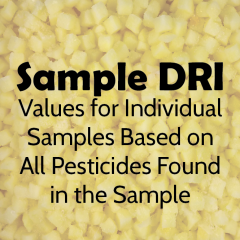



Three Ways To Calculate Dri Values Hygeia Analytics
However, the committee did propose establishing a new category of DRIs based on chronic disease, called the Chronic Disease Risk Reduction Intakes (CDRRs) The CDRR differs from the UL in that it suggests reducing intake to stave off longterm issues For women age 3150 years, the AI is 1,500 mg of sodium per daySuggested Citation"E DRI Values for Indispensable Amino Acids by Life Stage and Gender Group" Institute of Medicine 06 Dietary Reference Intakes The Essential Guide to Nutrient Requirements Washington, DC The National Academies Press doi /This 19 review updated the sodium and potassium DRI values published in 05 under the original DRI model Although each nutrient has unique considerations, changes reflected in the updated sodium and potassium DRI values serve as important illustrative examples of the evolving DRI




Choi Nutrition Linking Food And Health Focus Figure 1 4 Dietary Reference Intakes Dris Part B Dri Categories And How They Are Used Review The Statements Listed Below And Sort Them Into The
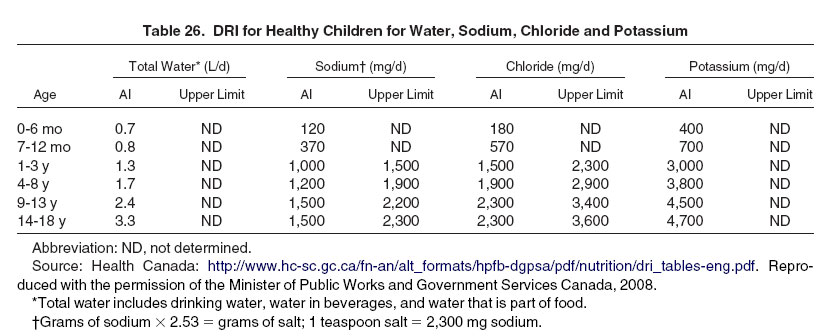



Nkf Kdoqi Guidelines
Vitamin A is important for normal vision, gene expression, reproduction, embryonic development, growth, and immune function There are a variety of foods rich in vitamin A and provitamin A carotenoids that are available to North Americans Thus, current dietary patterns appear to provide sufficient vitamin A to prevent deficiency symptoms such as night blindnessDietary Fiber 5g *Percent Daily Values are based on a 2,000 calorie diet Your daily value may be higher or lower depending on your calorie needs Iron Servings Per Container 4What makes OilDri different is the emphasis we put on honesty, ethics, diversity and compassion Everything we do, we do with integrity, while keeping those values at the forefront of our minds We support healthy lifestyles by offsetting gym membership fees and




Reducing Pesticide Dietary Risk Avoiding Hot Potatoes Hygeia Analytics




The Value Of Daily Values
Along with dietary reference values for the intakes of nutrients by Americans and Canadians, this book presents recommendations for health maintenance and the reduction of chronic disease risk Also included is a "Summary Table of Dietary Reference Intakes," an updated practical summary of the recommendationsThe Value of Certification A DRI International certification is the most widely recognized and respected business continuity certification in the world In fact, nearly 100 percent of all Fortune 100 companies employ DRI Certified Professionals Our certification is not for sale and cannot be obtained through alternate routesDRI provides several different types of reference values Estimated Average Requirements (EAR), expected to satisfy the needs of 50% of the people in that age group based on a review of the scientific literature Recommended Dietary Allowances (RDA), the daily dietary intake level of a nutrient considered sufficient by the Food and Nutrition Board of the Institute of Medicine to




Meet Your Wellness Goals In The New Year With The Usda Dri Calculator For Healthcare Professionals App Fit For Life




Interpreting And Using The Dietary References Intakes In Dietary Assessment Of Individuals And Groups Journal Of The American Dietetic Association
Dietary Reference Intakes (DRIs) are a set of scientifically based reference values for nutrient intake for a healthy population It is a guide that helps in determining the amount of nutrient to be consumed on a regular basis by healthy individuals It is designed for people who are healthy and fit It is specific toDRI values a diverse workforce and reviews data annually to ensure we are reaching applicants from diverse and underrepresented groups We believe that a diverse workforce creates an environment that increases creativity, drives new research, and improves the workplace cultureOilDri began with a goal to provide products that would improve workplace safety Since then, we have become a worldwide leader in producing, marketing and selling sorbent mineral technology Although much about our company has changed since 1941, our values and business ethics have stayed the same




Intake Of Nutrients With Respect To Dietary Reference Intake Dri And Download Table




Zinc Dri Values By Life Stage Group 1 Download Table
Understanding the Difference There is a distinct difference between a requirement and a recommendation For instance, the DRI for vitamin D is a recommended 600 international units each day However, in order to find out your true personal requirements for vitamin D, a blood test is necessary The blood test will provide an accurate reading from which a medicalDietary Reference Intakes (DRI) The Dietary Reference Intakes (DRI) include two sets of values that serve as goals for nutrient intake—Recommended Dietary Allowances (RDA) and Adequate Intakes (AI) The RDA reflect the average daily amount of a nutrient considered adequate to meet the needs of most healthy people IfThe term Dietary Reference Intakes (DRIs) is new to the field of nutrition It refers to a set of at least four nutrientbased reference values that can be used for planning and assessing diets and for many other purposes The DRIs replace the periodic revisions of the Recommended Dietary Allowances, which have been published since 1941 by the National Academy of Sciences
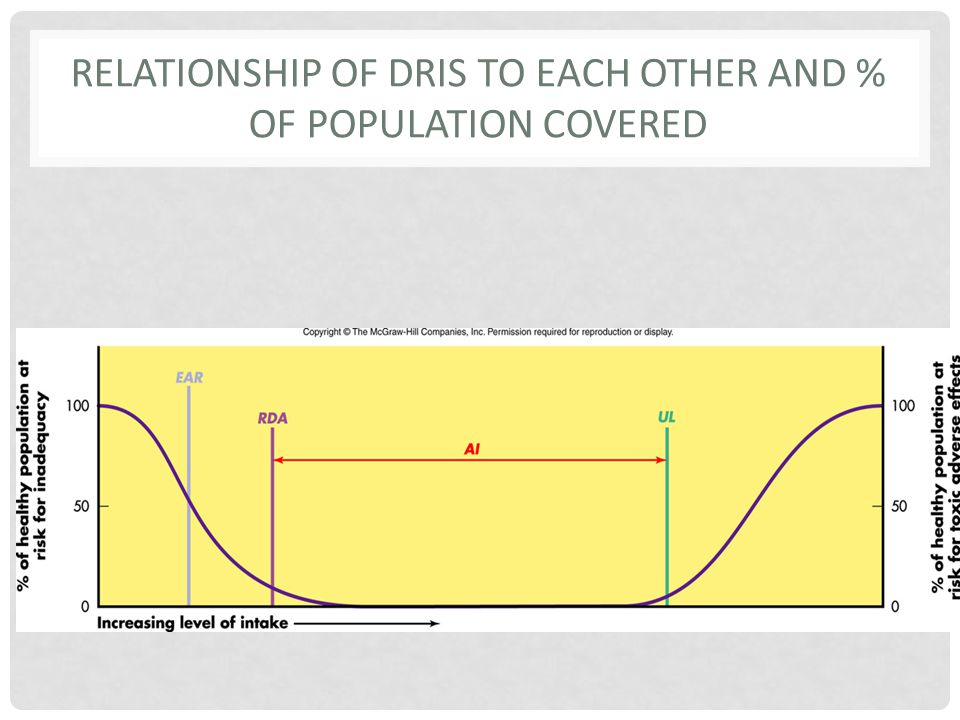



Tools Of A Healthful Diet Ppt Download
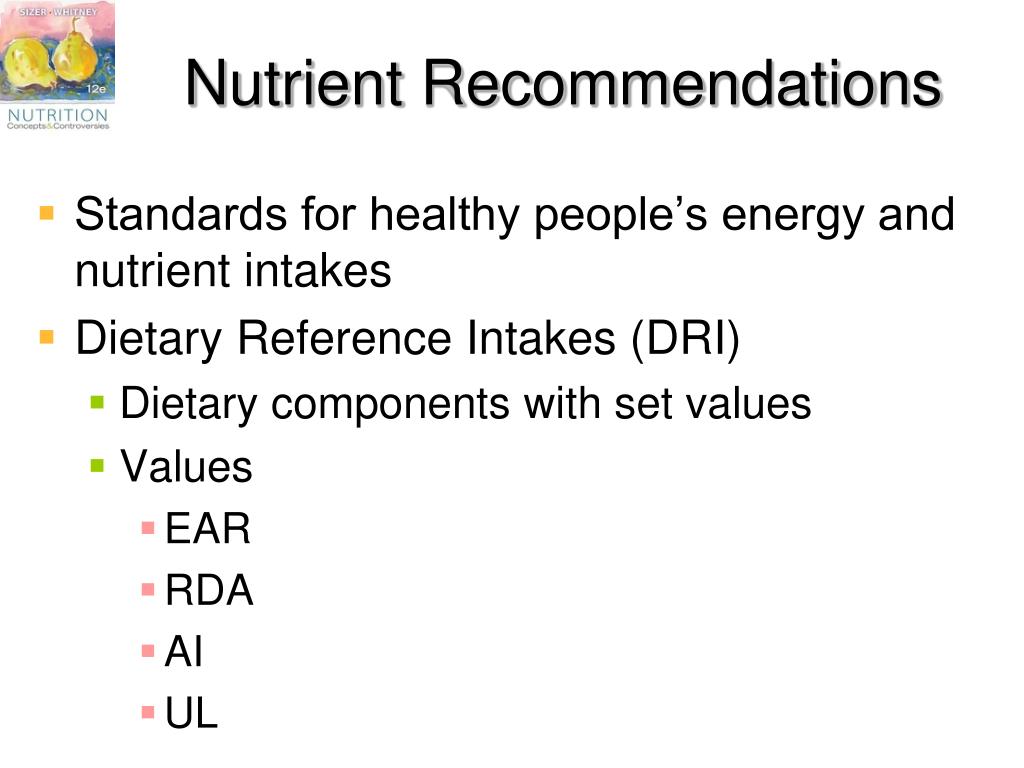



Ppt Chapter 2 Nutrition Tools Standards And Guidelines Powerpoint Presentation Id
DRI Calculator for Healthcare Professionals This tool will calculate daily nutrient recommendations based on the Dietary Reference Intakes (DRIs) established by the Health and Medicine Division of the National Academies of Sciences, Engineering and Medicine




1 Which Of The Following Dri Values Is Used For Food Chegg Com




Defining Nutrient Requirements Dietary Reference Intakes Nutrition Science And Everyday Application




Dietary Guidelines For Americans




Dietary Reference Intake Meaning Dietsupl




Guide To Good Food Nutrition And Food Preparation 14th Edition Page 138 152 Of 784
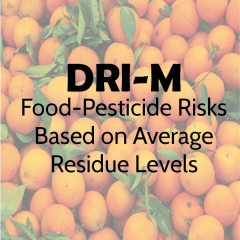



Three Ways To Calculate Dri Values Hygeia Analytics
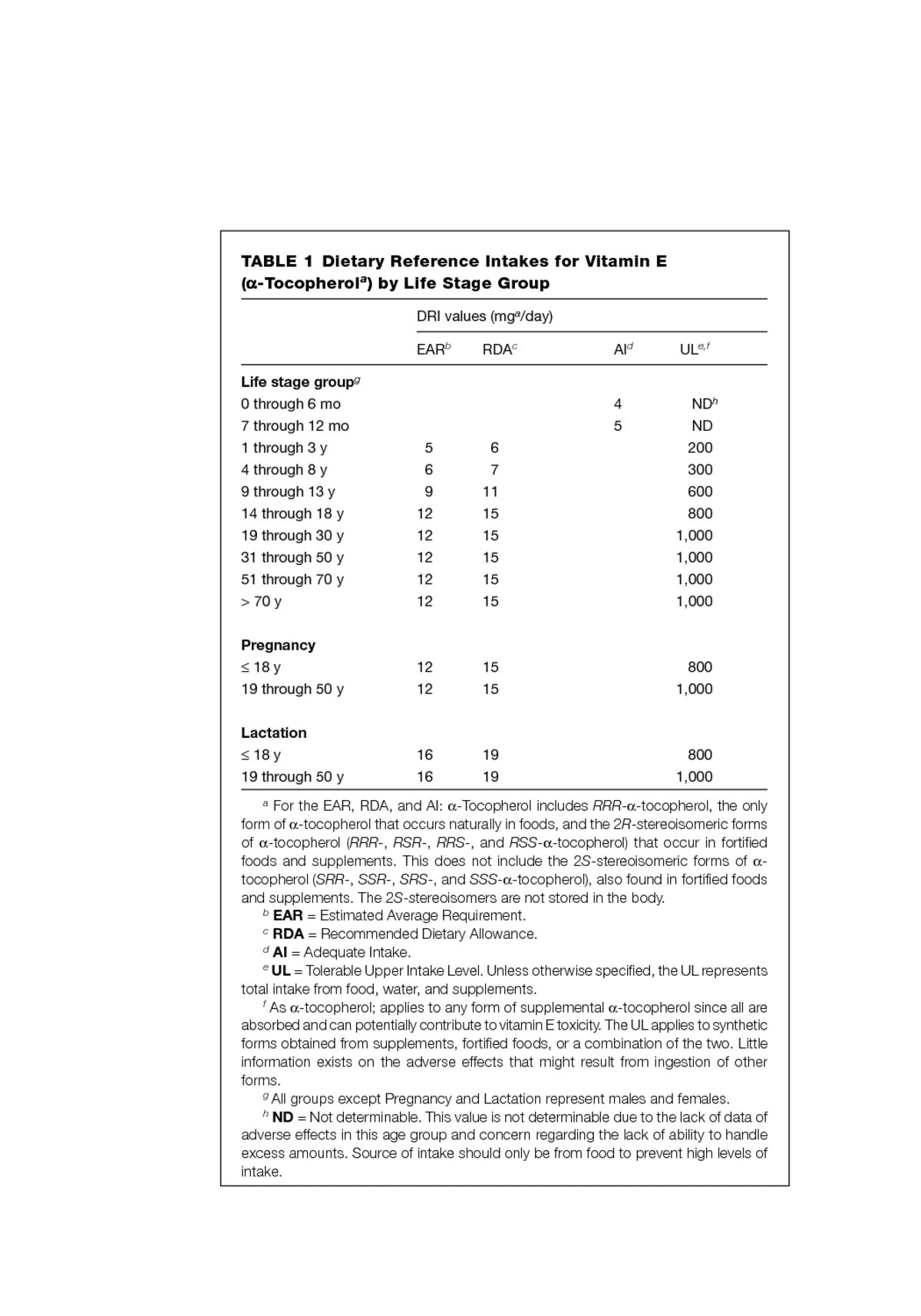



Vitamin E Dietary Reference Intakes The Essential Guide To Nutrient Requirements The National Academies Press




Dietary Reference Values Drv Dietary Reference Intakes Dri For Download Table
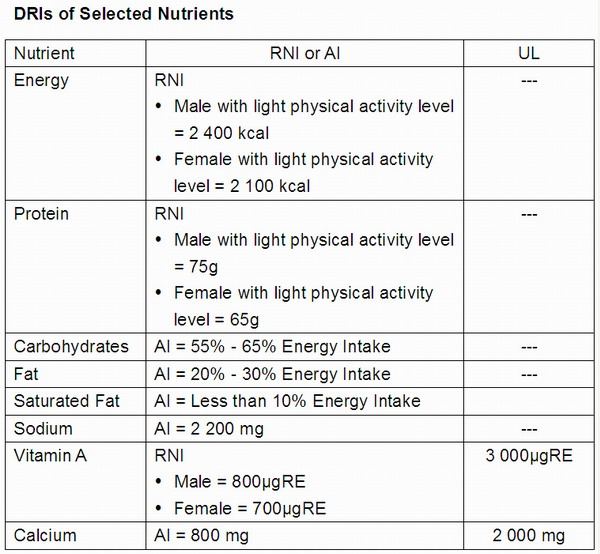



Nutrient And Health Maintain Optimal Nutrient Intake
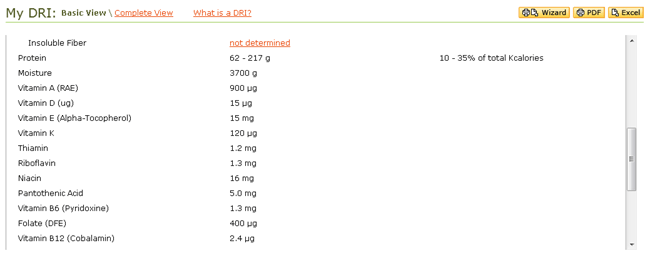



Iprofile 3 1 Help
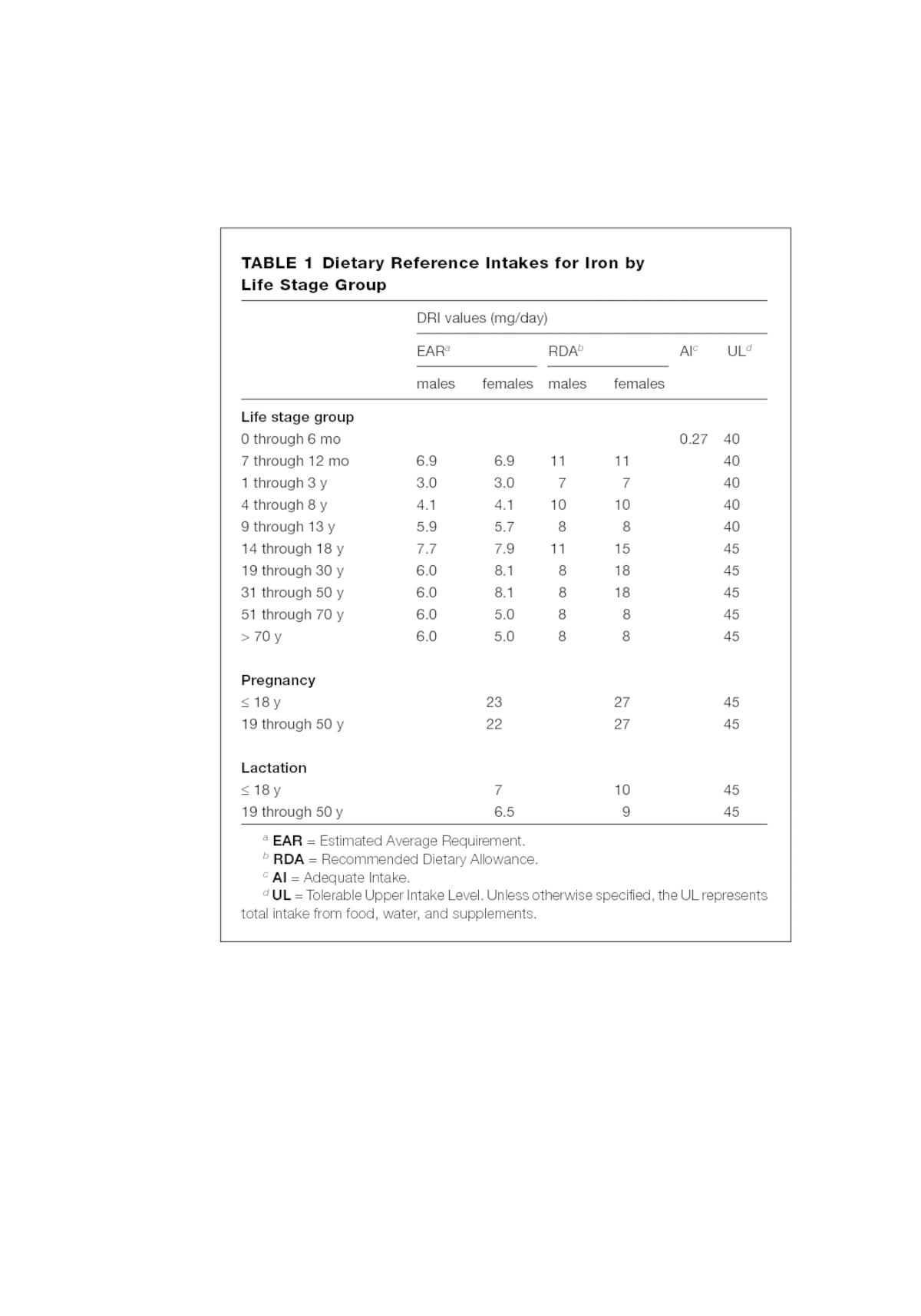



Iron Dietary Reference Intakes The Essential Guide To Nutrient Requirements The National Academies Press




8 4 Dietary Reference Intakes Dris Nutrition Flexbook




Recommended Dietary Intakes Nutritional Doublethink




Dietary Reference Intakes Journal Of The American Dietetic Association
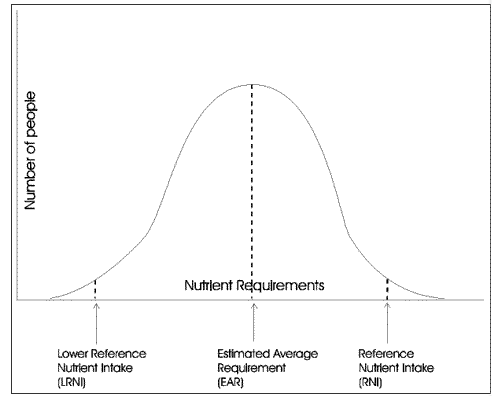



Dietary Reference Values Drvs Nutrition Analysis Tutorials Nutritics User Guide




Vitamin K Dietary Reference Intakes The Essential Guide To Nutrient Requirements The National Academies Press




Dr Jan De Vries Abstract
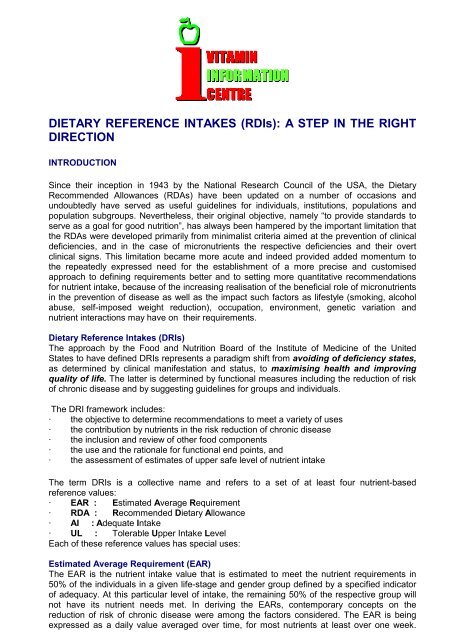



Dietary Reference Intakes Rdis A Step In The Right
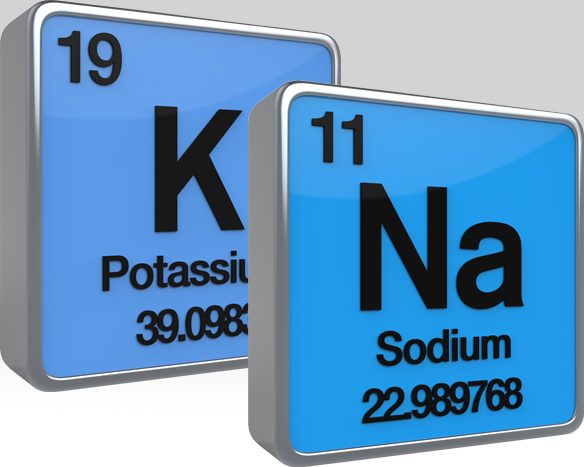



New Dri Values For Sodium And Potassium Released Esha Research
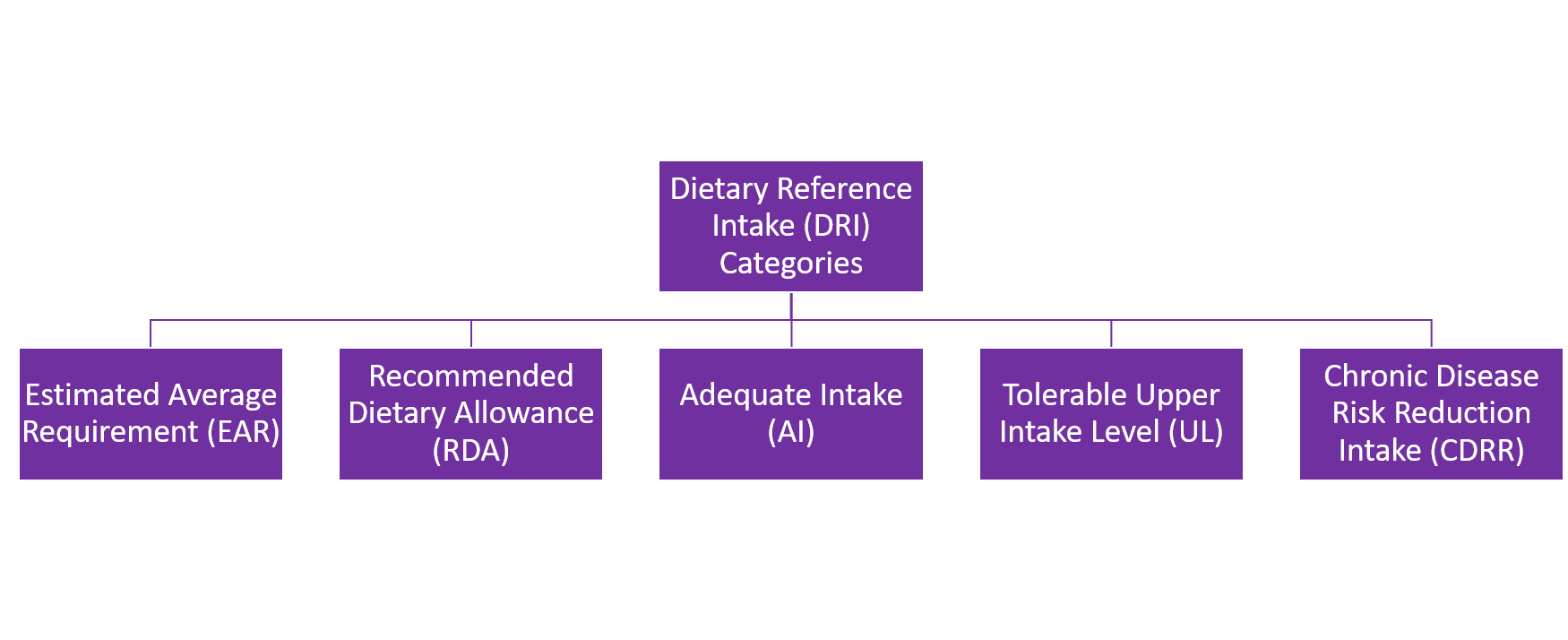



2 4 Understanding Dietary Reference Intakes Dris Medicine Libretexts
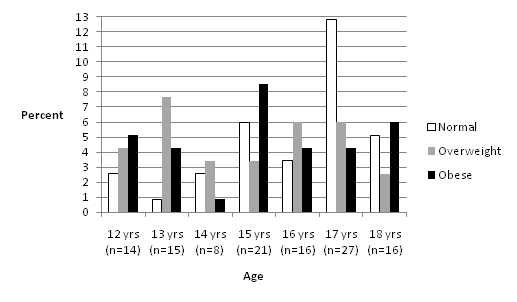



Dietary Intake Of Adolescents With Autism Spectrum Disorder Asd And Normal To High Body Mass Index Bmi




Ch 4 Nutrition Guidelines Faith Lee Flashcards Quizlet




Nutrition Concepts And Controversies 14th Edition Sizer Test Bank By Haleskang Issuu




Dietary Reference Intakes Ear Rda Ai Ul Video Lesson Transcript Study Com
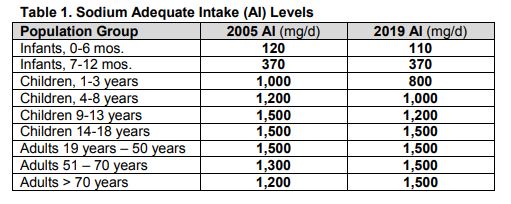



National Academies Release Dietary Reference Intakes For Sodium And Potassium Lexology




Nutrition Tools Standards And Guidelines Ppt Video Online Download




Chapter 2 Notes Studocu




Topic 2 A The Dri Nutrient Intake Recommendation B The Goal In Setting The Values C Understanding Dri Recommendation Intake D How The Committee Establishes Dri Value E Upper Intake Level F Daily Values G Other Nutrient Standards H Dietary




Intake Of Nutrients With Respect To Dietary Reference Intake Dri And Download Table




Nutrient Targets Summary Cronometer
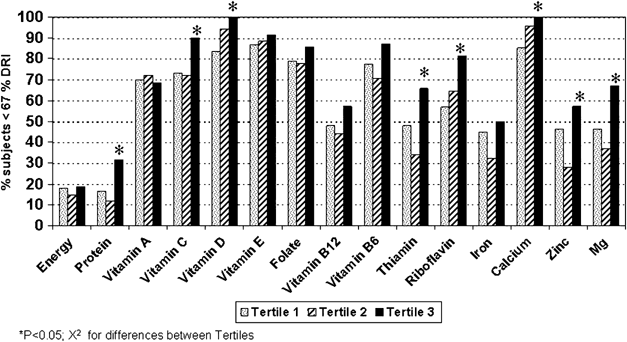



Micronutrient Dilution Associated With Added Sugar Intake In Elderly Black South African Women European Journal Of Clinical Nutrition
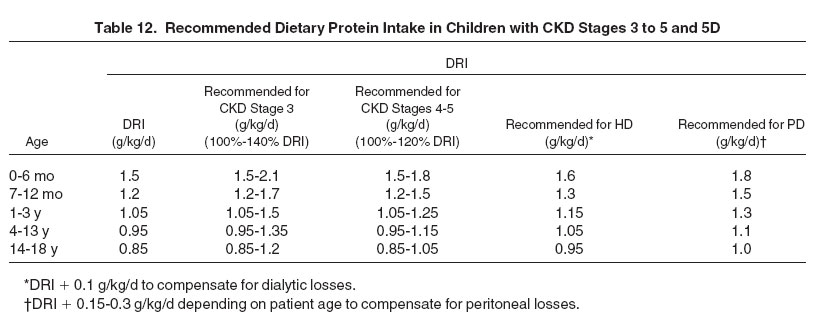



Nkf Kdoqi Guidelines



The Confusing World Of Dri Dv And Tdicinnamonvogue Com Blog



Academic Oup Com Ajcn Article Pdf 109 2 251 Nqy293 Pdf




Pdf Choice Of Dri Value For Use In Nutrition Labeling Semantic Scholar




Fiber Dietary Reference Intakes The Essential Guide To Nutrient Requirements The National Academies Press




Nutrition Tools Standards And Guidelines Chapter 2 Nutrition
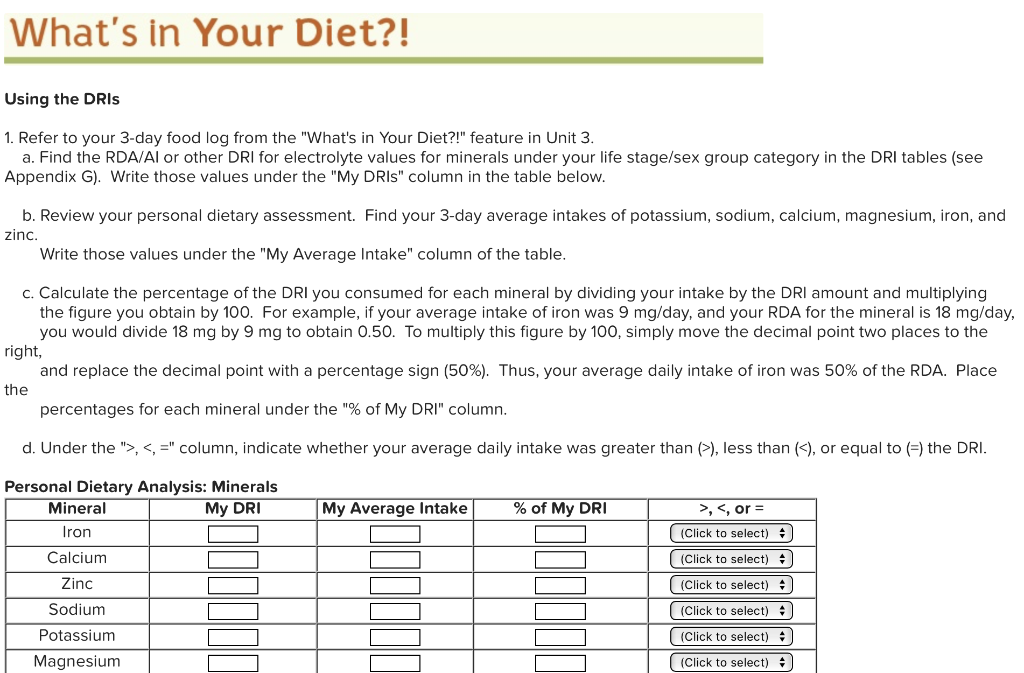



What S In Your Diet Using The Dris 1 Refer To Your Chegg Com
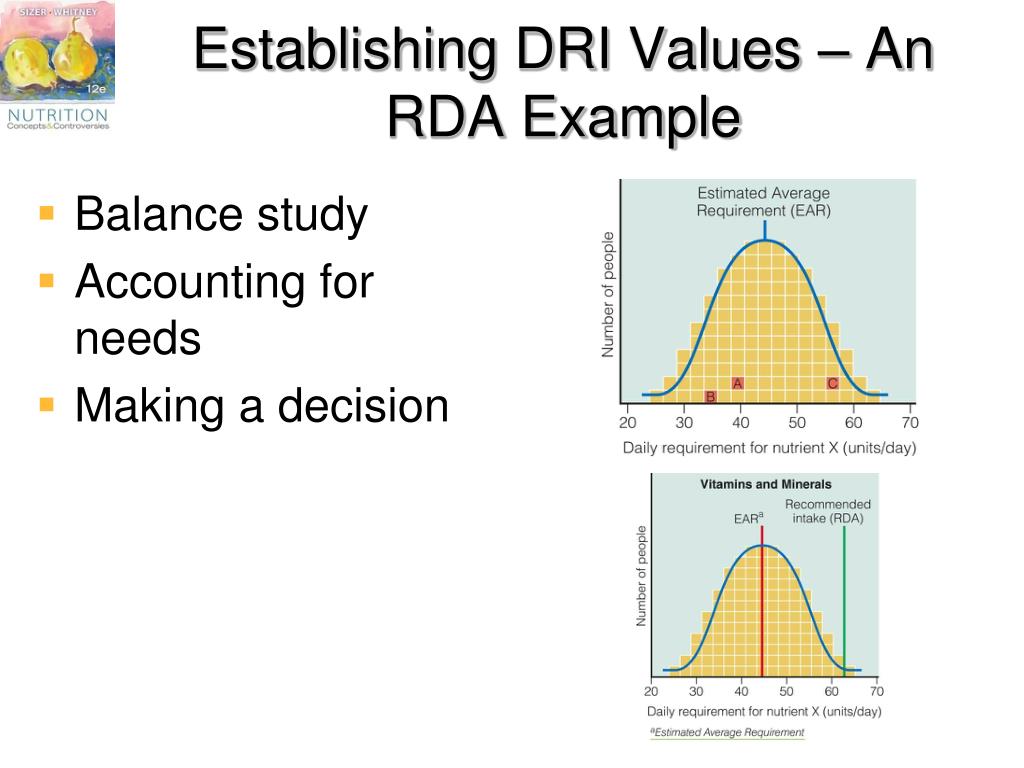



Ppt Chapter 2 Nutrition Tools Standards And Guidelines Powerpoint Presentation Id




Answer The Following These Are The Options For All Of The Definitions Which Component Can Be Homeworklib




Dietary Reference Intakes The Essential Guide To Nutrient Requirements Medicine Health Science Books Amazon Com



2



Dietary References Intakes Dri A Set Of Four Lists Of Values For The Dietary Nutrient Intakes Of Healthy People In The Us And Canada Includes The Rda Ear Ai Ul Dri




Dietary Reference Intakes By Jennifer Turley And Joan




Each Individual Food May
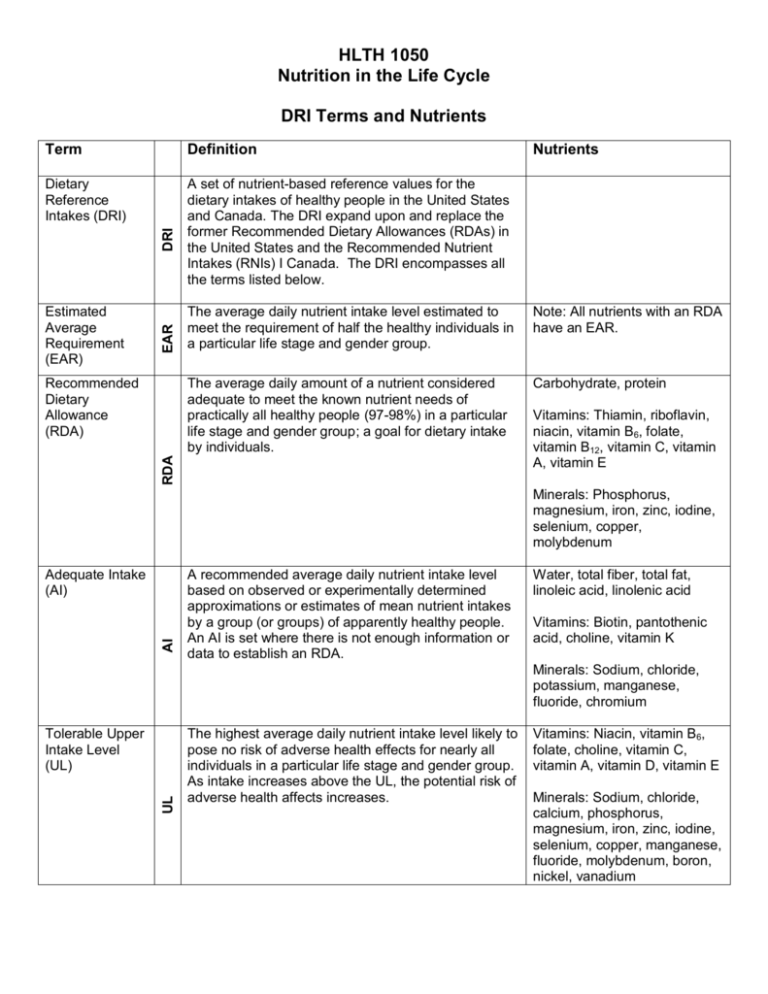



Unit 1 Hlth 1050 Dri Terms




Recommended Dietary Intakes Nutritional Doublethink




Match The Dri That Corresponds With The Definition Given Below Note Each Dri Can Be Used Homeworklib




Choosing Foods Wisely Chapter 02 What Is Nutritional
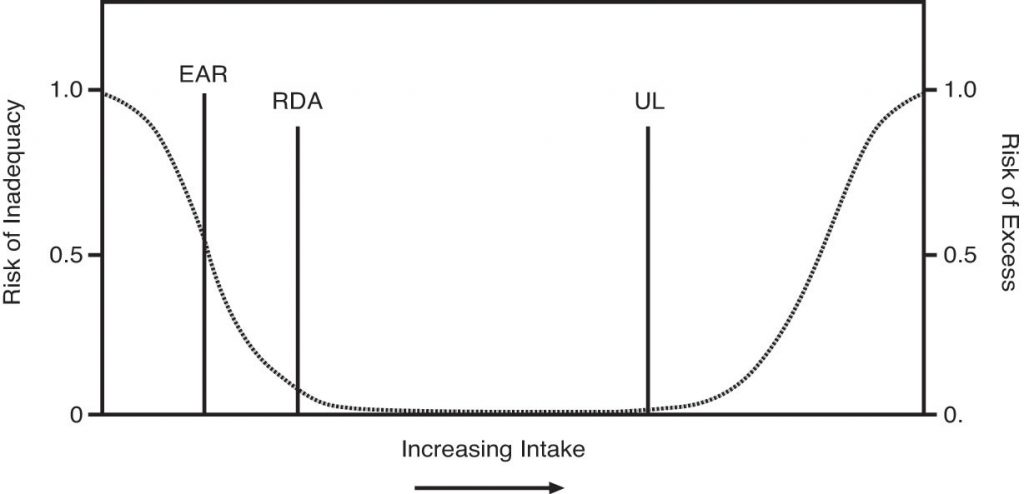



Understanding Dietary Reference Intakes Dri Human Nutrition




Zinc Dietary Reference Intakes The Essential Guide To Nutrient Requirements The National Academies Press




The Dietary Reference Intakes Dris Are A Set Of Chegg Com



1



1
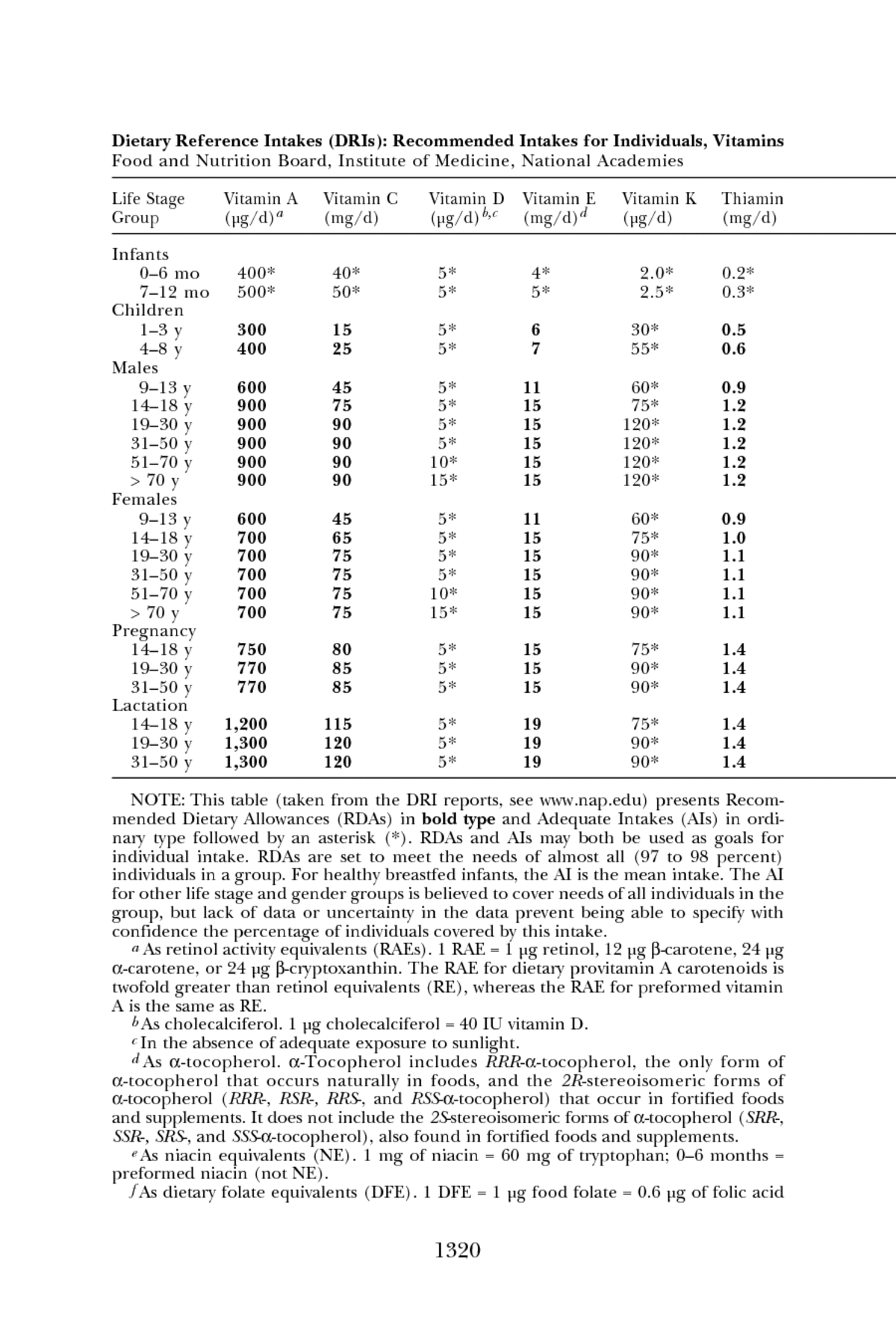



Summary Tables Dietary Reference Intakes Dietary Reference Intakes For Energy Carbohydrate Fiber Fat Fatty Acids Cholesterol Protein And Amino Acids The National Academies Press
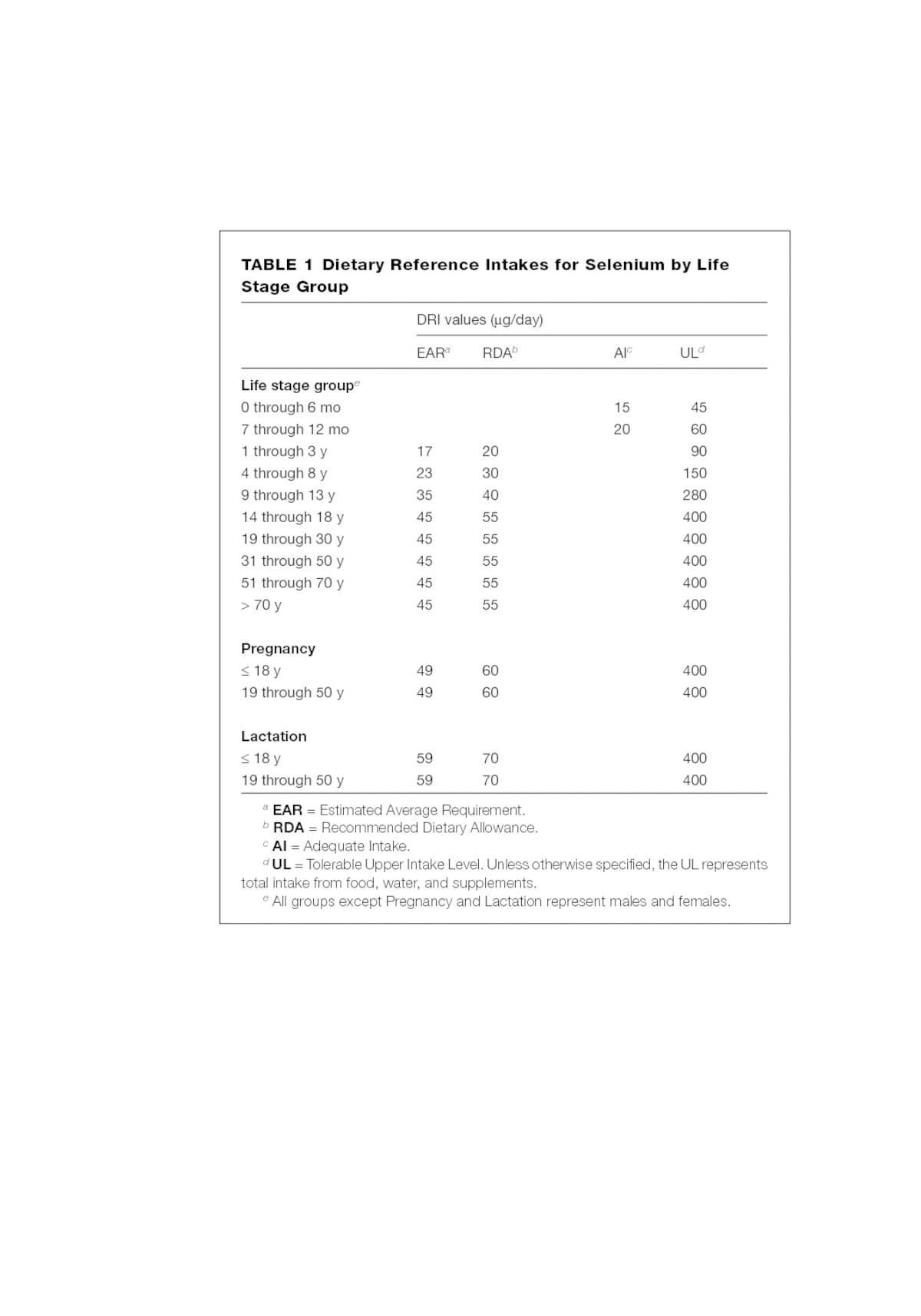



Selenium Dietary Reference Intakes The Essential Guide To Nutrient Requirements The National Academies Press




Dri Results And How To Interpret Them Hygeia Analytics
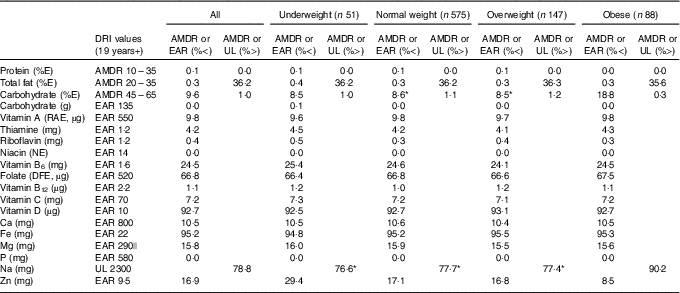



Adequacy Of Nutritional Intake During Pregnancy In Relation To Prepregnancy Bmi Results From The 3d Cohort Study British Journal Of Nutrition Cambridge Core




Dietary Reference Values Drv Dietary Reference Intakes Dri For Download Table
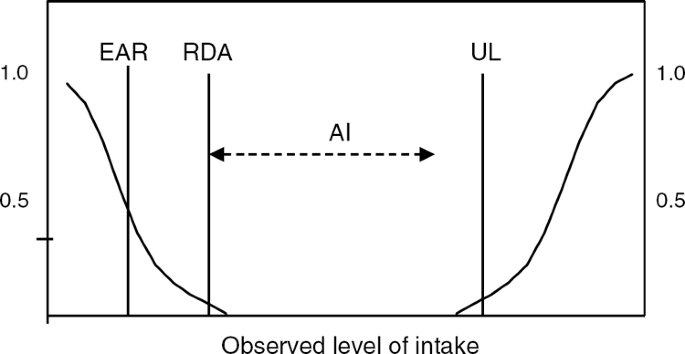



Fortification Supplementation And Nutrient Balance European Journal Of Clinical Nutrition




Defining Nutrient Requirements Dietary Reference Intakes Nutrition Science And Everyday Application




Institute Of Medicine S Dris For Calcium And Vitamin D Dairy Nutrition
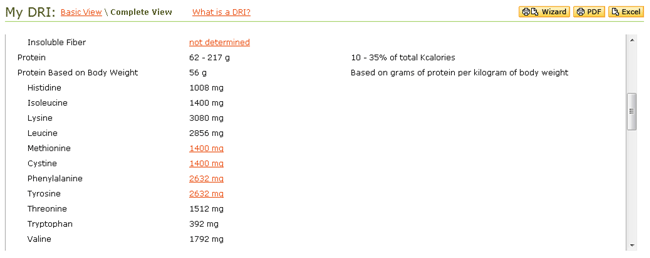



Iprofile 3 1 Help
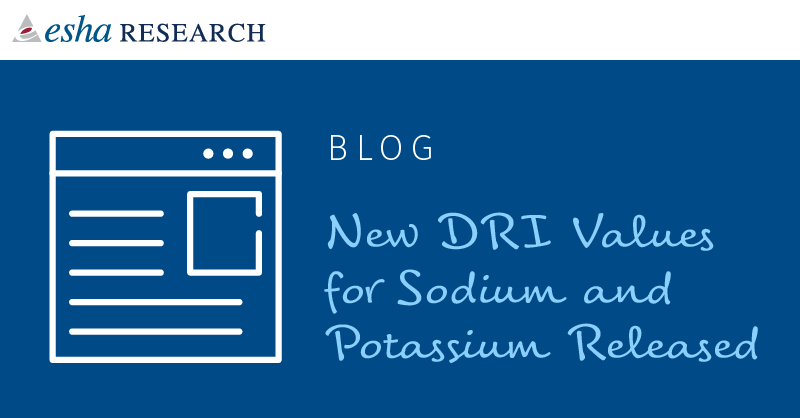



New Dri Values For Sodium And Potassium Released Esha Research




The Dri Or Dietary Reference Intakes Are A Chegg Com
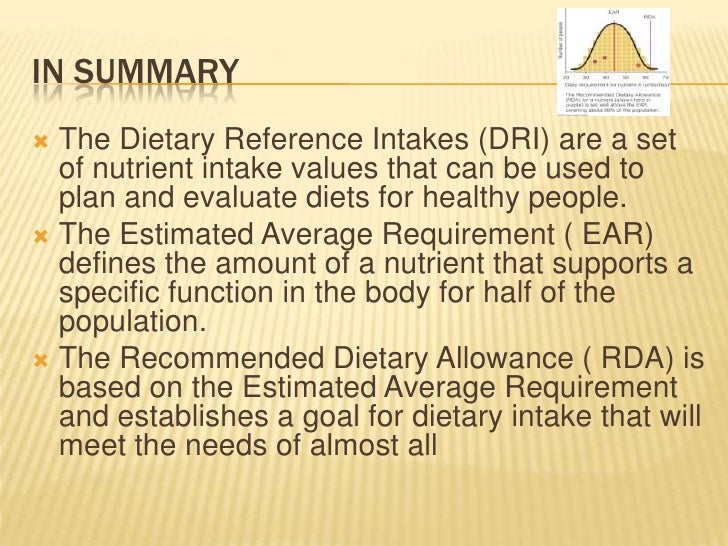



The Dietary Reference Intakes Dri




Dietary Reference Values Drv Dietary Reference Intakes Dri For Download Table




Dri And Food Label Assignment Spring 17 Studocu




Dri Ear Rda Ai Ul Making Sense Of This Fgamedia Org




Dietary Reference Values Drv Dietary Reference Intakes Dri For Download Table
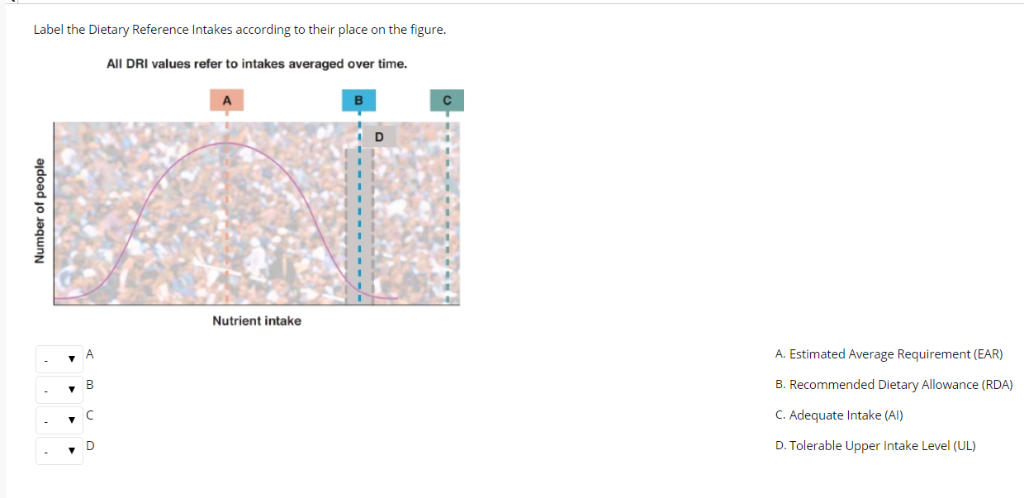



Label The Dietary Reference Intakes According To Chegg Com




The Dietary Reference Intakes Dri




Food Science Dietary Reference Intake Dri




1 Dri Values For Calcium And Magnesium From Iom 1997 Download Table
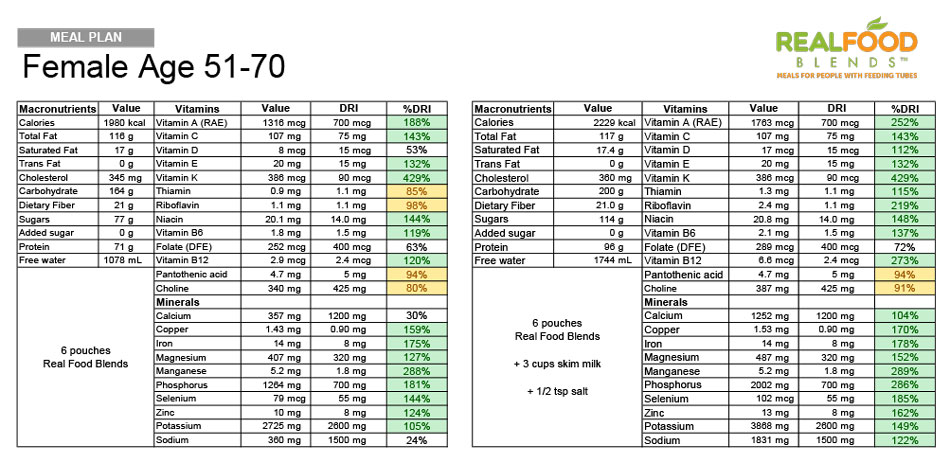



The Value Of Daily Values




Chapter 02 Nutrition Tools Standards And Guidelines References Diet Planning With The Usda Food Intake Pdf Document




Application Of Dietary Reference Intakes For Codex Nutrient Reference Values




Percentage Of Dietary Reference Intakes Dri Per Serving Nutrient New Download Table




2 7 Understanding Dietary Reference Intakes Dri Medicine Libretexts
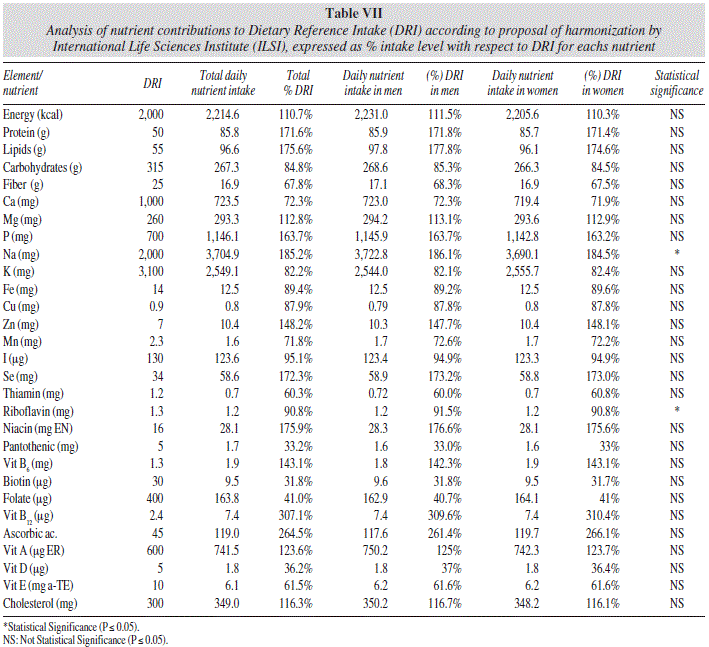



0212 1611 Nutricion Hospitalaria Nutr Hosp 0212 1611 Grupo Aran S0212 10 3305 Nh 13 28 5 6766 Preliminary Nutritional Assessment Of The Ecuadorian Diet Based On A 24 H Food Recall Survey In Ecuador Evaluacion Nutricional



0 件のコメント:
コメントを投稿